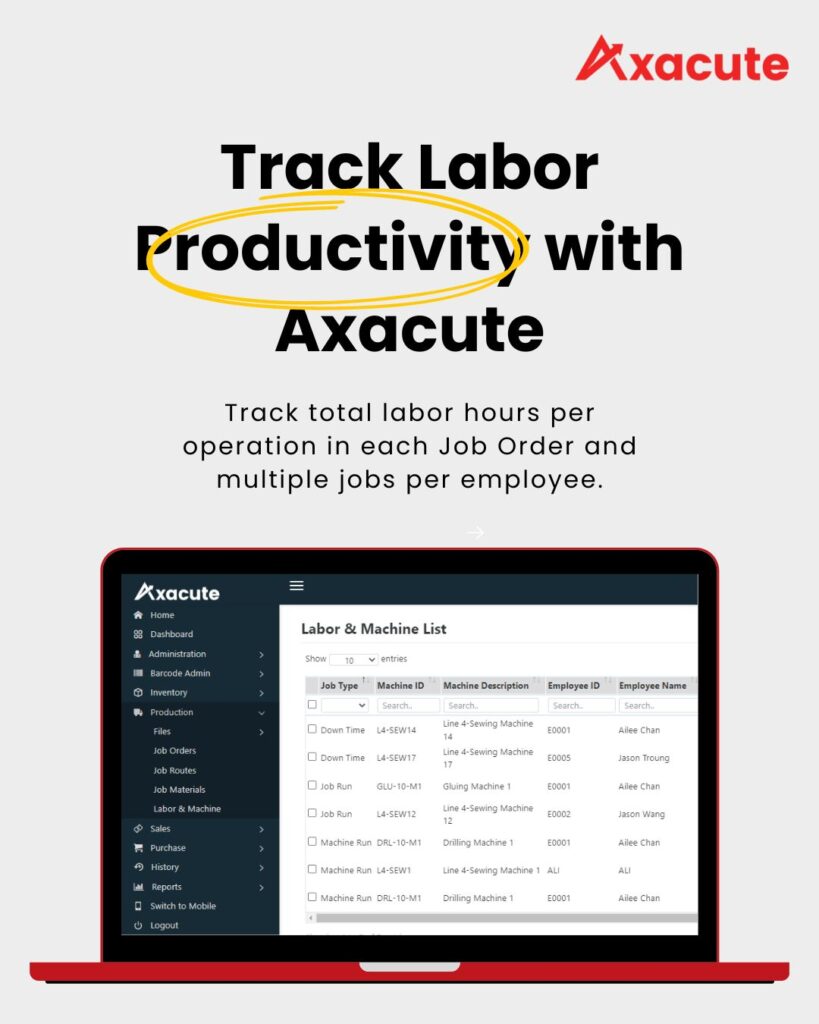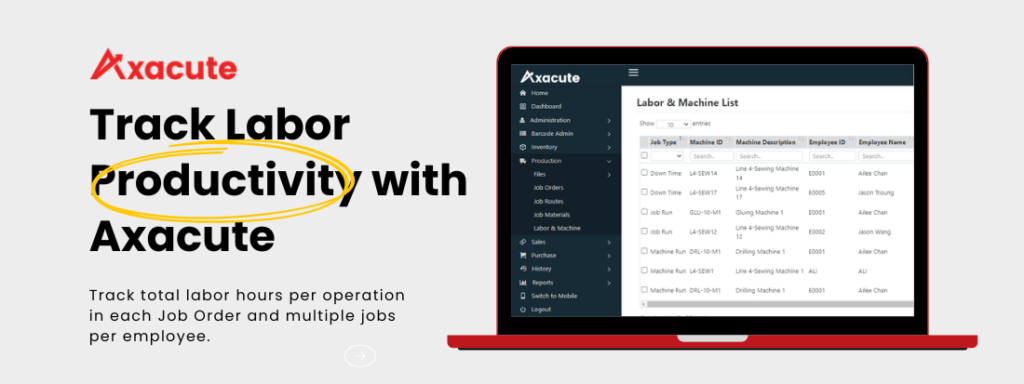

Labor tracking is the process of monitoring and recording the time employees spend on different tasks and projects. This process enables businesses to accurately measure and manage labor costs, improve productivity, and optimize workforce allocation.
Labor costs are one of the most significant expenses for any business. Proper labor tracking helps businesses manage these expenses, allocate resources efficiently, and ensure they are meeting their budgetary goals. Additionally, labor tracking provides valuable insights into employee productivity, enabling businesses to identify inefficiencies and take corrective action.
Effective labor tracking provides several benefits to businesses, including:
By monitoring and recording employee time, businesses can identify areas where labor costs can be reduced, allowing them to allocate resources more efficiently and meet their budgetary goals.
Labor tracking provides businesses with insights into employee productivity, enabling them to identify inefficiencies and take corrective action. Additionally, by providing employees with clear expectations and goals, labor tracking can motivate them to work more efficiently and productively.
By understanding how employees are spending their time, businesses can allocate resources more effectively, ensuring that each project or task receives the attention it needs to be successful.
Labor tracking ensures that businesses are accurately billing clients for the time spent on their projects and paying employees for the time they’ve worked. This helps businesses avoid disputes and legal issues.

Businesses can use various tools to implement labor tracking, including:
Time and attendance software enables businesses to track employee hours, breaks, and overtime accurately. These tools can be customized to suit the specific needs of the business and provide valuable insights into employee productivity.
Project management tools provide businesses with a centralized platform for managing projects and tasks. These tools enable businesses to assign tasks to employees, track progress, and monitor time spent on each project or task.
Payroll systems automate the payroll process, ensuring accurate payments to employees and compliance with labor laws. These tools enable businesses to track employee hours, calculate wages, and manage taxes and other deductions.
Mobile apps enable employees to track their time and submit it to their supervisors for approval. These tools are ideal for businesses with remote or mobile workforces.
Implementing labor tracking requires careful planning and execution. Here are some steps businesses can take to implement labor tracking:
Businesses should identify their labor tracking goals and objectives before selecting a tool or method. This ensures that they choose a solution that aligns with their needs.
Once businesses have identified their goals and objectives, they should choose a labor tracking tool or method that meets their needs. This can include time and attendance software, project management tools, payroll systems, or mobile apps.
Businesses should provide training to employees on how to use the labor tracking tool or method effectively. This helps to ensure accurate data entry and provides employees with the tools they need to succeed.
Businesses should establish clear policies and procedures for labor tracking, including guidelines for data entry, timekeeping, and reporting. This ensures consistency and accuracy in the data collected.
Businesses should monitor and analyze the data collected through labor tracking regularly. This enables them to identify trends, make informed decisions, and optimize their workforce.
Businesses should establish clear expectations for employees, including goals, objectives, and timelines. This helps to ensure that everyone is working towards the same goals and that employees understand what is expected of them.
Real-time data is more accurate and actionable than data collected at the end of the day or week. Businesses should use labor tracking tools that provide real-time data to make informed decisions quickly.
Businesses should monitor labor tracking data regularly to ensure compliance with labor laws, including minimum wage, overtime, and breaks. This helps to avoid disputes and legal issues.
Businesses should regularly review their labor tracking processes and optimize them for maximum efficiency and accuracy. This ensures that they are using the best tools and methods for their specific needs.
Employees may resist labor tracking, feeling that it’s invasive or that it undermines their trust. Businesses should communicate the benefits of labor tracking and involve employees in the implementation process to mitigate these concerns.
Data accuracy is crucial for labor tracking to be effective. Businesses must ensure that employees are entering data correctly and that they are using the right tools and methods for their specific needs.
Labor tracking must integrate with other systems, including payroll and accounting software, for businesses to get the most value from it. This requires careful planning and execution.
Contact Us
Related
Get started with Axacute and improve your business operations.